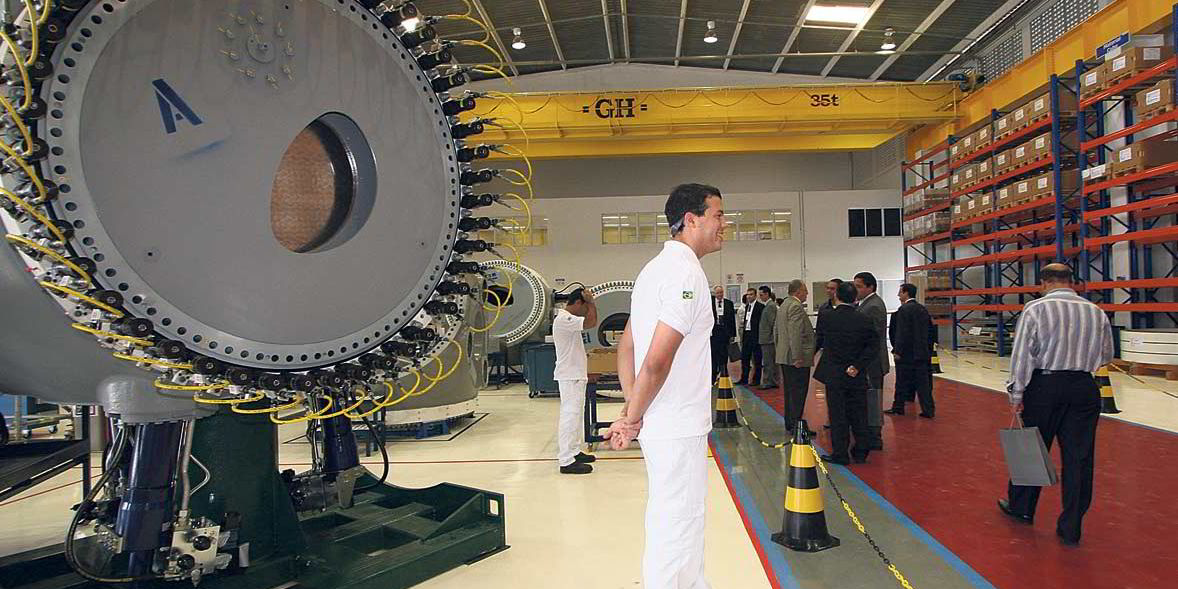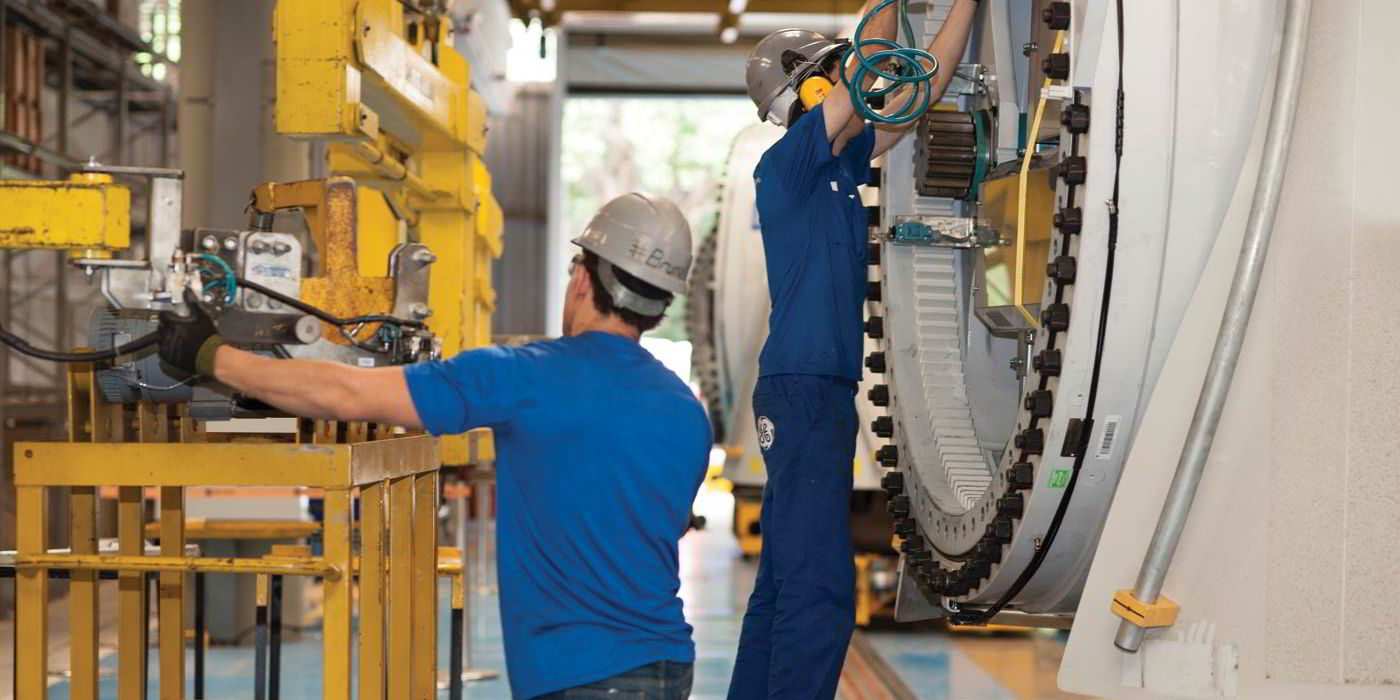At a time when Brazil's government is announcing a major package to stimulate investment it makes no sense to discourage such a young industry, set up with huge investments over recent years and which has consistently grown, creating 41,000 jobs in 2015 and 30,000 in 2016.
Our rather modest forecasts show that even if less than 1GW had been contracted in Monday's auction, it would have meant an additional investment of R$8bn and some 15,000 jobs.
The wind energy chain has invested more than R$65bn in new wind-related projects. Already 80% of the equipment is made in the country, where there are six manufacturers of wind generators, four making blades and another 1,000 suppliers of other components.
Large international groups came to Brazil, built plants and created jobs. It is important to understand that in the wind industry, energy contracted today will generate contracts and jobs in the next two years.
As less wind energy was contracted in 2015, some plant capacity was idle in 2017. With no wind energy contracted this year, plants will be practically at a stand-still in 2018.
Large companies will not remain in Brazil if their plants are idle. The risk that the production chain will demobilise is high, and this would essentially be a mortal blow to such a young and promising industry, which currently generates the most competitive energy in the country – remembering that there are limits on projects for new large hydro plants.
This decision is simply not consistent with other government moves to ensure renewed investments to drive the economy.
The government's argument for cancellation of the auction is that there is excess energy, which ABEEólica refutes.
If we take a look at this "leftover" energy, we must also look at the price and quality. If we look at thermal plants, for instance, the government's move means that more competitive energy reserves will not be contracted, which may require using more expensive alternatives.
Auctions for reserve energy are part of the government's strategic planning, and when we look at the broader scenario, this decision seems inconsistent. First, it is essential to consider the time it takes to mobilise energy.
An energy auction will not solve tomorrow's demand, or even next week's. Efficient planning requires looking at the energy we will need in future. This is the underlying concept of energy security, which Brazil must start to practice. Failure to take this into account in the past has led to serious supply crises, the last of which led to huge costs from switching on thermal plants.
Planning based on energy security is even more important at this time, when the government has an intensive agenda to promote renewed growth, signalling new investments in infrastructure for example.
That means that the reserve auction to contract wind power is essential to make sure that the energy that we will so desperately need for the inevitable, and anxiously awaited, economic recovery has been contracted – even if this recovery happens only slowly.
Furthermore, it is essential to analyse how the market as a whole is supplied, including the total risk and total cost of operation.
We will go back to swinging between too much and too little energy for lack of broader analysis and planning.
Clearly if we look only at the GDP of the coming year, and if we were talking about an A-3 and A-5 auction, one might conclude that no auction is required right now.
However, if we look at the macro scenario, including initiatives to attract investment and resume economic activity, positive signals to investors, and planning based on energy security and competitive energy, cancelling the reserve auction was a grave mistake.
The government also argues that the reserve auction would place a burden on consumers in the form of the EER (Reserve Energy Charge).
This is nonsensical. From a commercial point of view, contracting reserve energy results in a higher EER. However, the EER of a wind farm may be considered as insurance, as it reduces the probability that higher-cost thermal plants will be switched on.
In fact, in periods of unfavorable hydrological conditions, the increase in rates from yellow or red flags [indicating a surcharge on power bills from scarcity of hydro-power] can be quite a bit higher than the EER.
Bear in mind that we are seeing he worse hydrology since the ONS started keeping records. Wind farms for example, are essential to supply the northeast, especially when we look at the low level of the Sobradinho reservoir.


